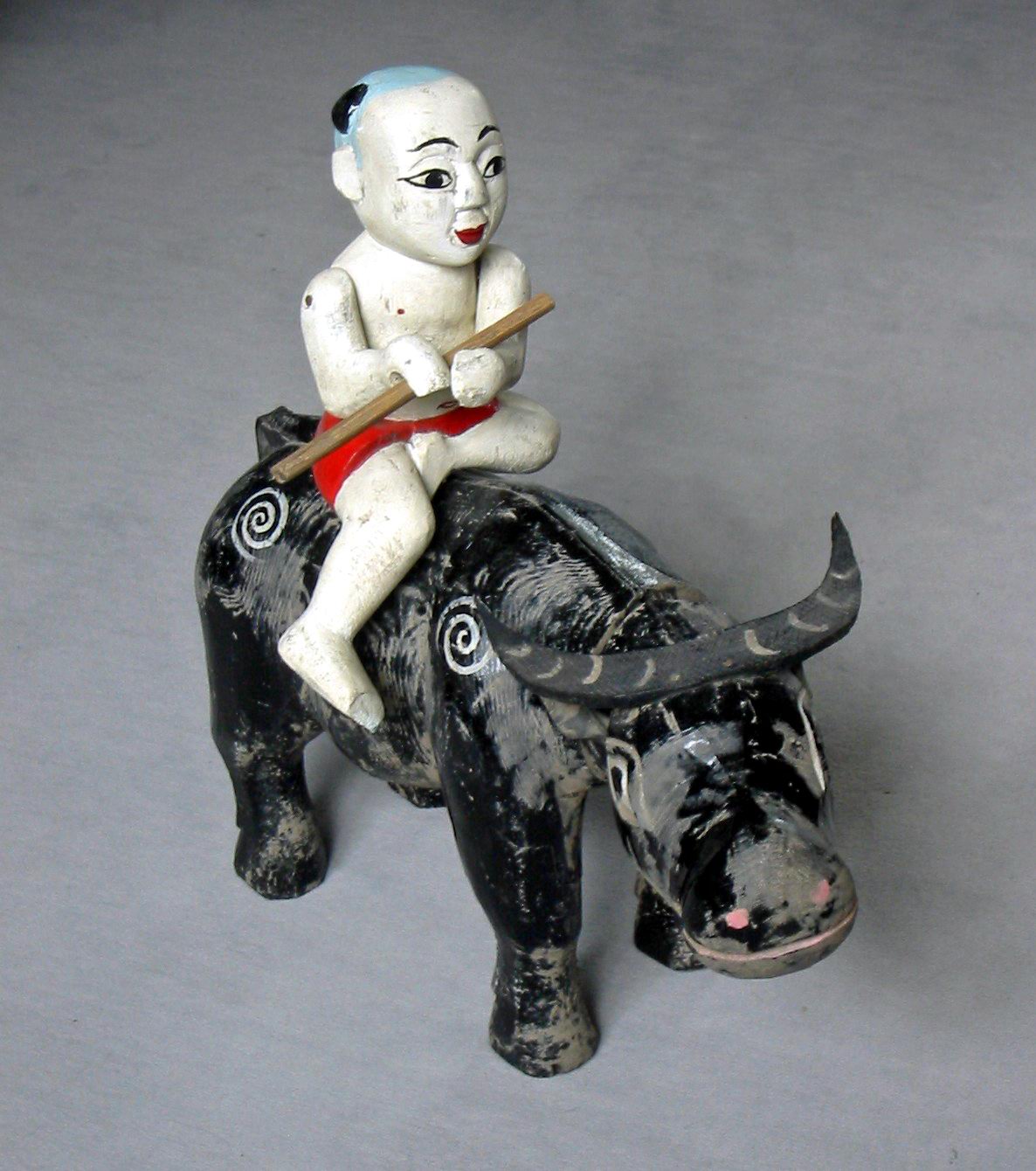Nineteen sixty-eight was, as they say, a year to remember.
Many extraordinary events were crammed into 1968, including the launching of the Tet Offensive by the North Vietnamese; U.S. ground troops from Charlie Company rampaging through the South Vietnamese hamlet of My Lai, killing more than 500 civilians; President Johnson’s announcing of his decision not to seek re-election; the assassination of the Rev. Martin Luther King Jr.; student rioting in Paris; the assassination of Robert Kennedy; the “Prague Spring” uprising against communism in Czechoslovakia; and the tumultuous Democratic Convention in Chicago.
As an editor at The Washington Daily News, an evening newspaper, the enormity of King’s assassination was hard to get my mind around. And the riots that ensued left scars on the infrastructure of the nation’s capital that would never quite heal. Only now, two generations later, is the Shaw neighborhood, which grew out of freed slave encampments in Northwest Washington, returning to normal urban vitality. Much of Shaw was engulfed in flames in1968, and it fell into the worst kind of decay; its hollowed-out buildings housing crack addicts, feral animals and rats.
As in other cities, fire did the damage, but politics and litigation delayed the recovery. There may be something informative here for those who think Baghdad will spring back to life, or that Zimbabwe will return to the status quo ante. Recovery is hard and slow.
Little did we know it, but The Washington Daily News was to be a victim of the riots. Looters and rioters destroyed the newspaper kiosks that were a feature in Washington and essential to selling our afternoon tabloid. The Daily News began to fail because it depended on street sales, and the infrastructure for that was destroyed. The city’s other two newspapers, The Washington Post and The Washington Evening Star, fared better because they had a larger percentage of their circulation home-delivered.
After the fires were extinguished, the smell of smoke hung over the city, a curfew was in effect, and troops were deployed on street corners. Those of us with press credentials were able to drive around, and we were constantly speculating how eerily similar this must have been to events behind the Iron Curtain.
Over time, the riots of 1968 have been referred to more and more as “race riots.” But at the time we just called them “the riots,” because one of the consequences was a period of elaborate politeness between whites and blacks. This was noted by two of the best chroniclers of the time: Richard Starnes of the Scripps-Howard News Service and Richard Harwood of The Washington Post. One of them beautifully encapsulated the calm after the storm, when he referred to black drivers yielding to white drivers at street intersections. After one such incident, Harwood said that “both thought they had done something significant.”
The rioters’ anger seemed to be directed more toward property than to people: It seemed to be black rioters against white-owned property than blacks against whites. In the worst of the rioting, on April 5, I walked up the Shaw-U Street corridor without any sense of trepidation. Looters–their arms full of appliances–were everywhere. When they banged into you, they apologized. One looter even suggested that I walk on top of a wall for safety. “That way the brothers will see you, and you will be safe,” he said.
It was after the riots that fear gripped the city. White flight to the suburbs began and continued for many years.
Washington’s suburbs boomed, and the inner-city decayed. A somewhat unconsciously integrated city became a segregated one that pretended otherwise. Large corporations added blacks to their boards of directors, television stations added black anchors, and the newspapers searched high and low to beef up their core of black writers. Tokenism became an industry.
The Rev. Martin Luther King Jr.’s message advanced in some ways–mostly because there was a recognition that black grievances were well-founded and deeply seated. But some of the remedies have been as harmful as the disease–excesses of affirmative action and reverse racism.
Of course, civil rights was only one of the issues roiling the nation in 1968. There was also the women’s liberation movement; the environmental movement; and underlying it all, the Vietnam War.
The war touched every aspect of national life. And as people turned against it, they did so with anger, often fueled by the drafting of a family member. Some institutions were torn apart by the division. The Reporter magazine, a liberal alternative to The National Review, was destroyed by contention. Washington columnist Joseph Alsop lost the confidence of editors across the country. And Paul Harvey, the conservative radio commentator, reversed his position on the war because his son was facing the draft.
Nineteen sixty-eight tested loyalties and caused many people to re-examine their politics and to think through their predispositions. A majority of Americans were well on their journey from right to left because of the war.
The assassination of King, followed shortly after by the assassination of Robert Kennedy, convinced many people that the nation had lost its way. Unfortunately, it chose Richard Nixon to lead it out of the darkness.
